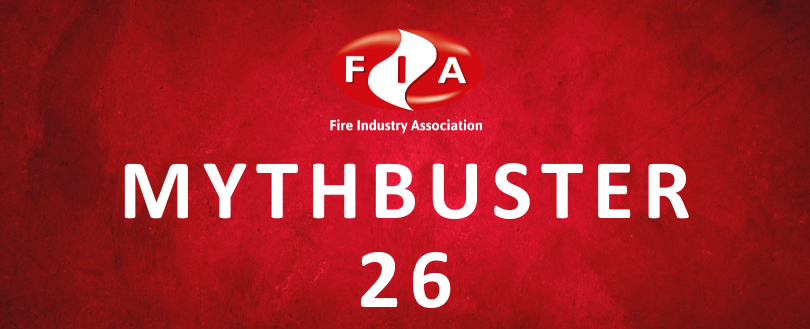
Myth 26: Validation Means Proofreading a Fire Risk Assessment Report
Like it? Share it!
15 October 2024
Short answer: No
Long answer:
When the BAFE SP205-1 certification scheme was being devised it was recognised that Fire Risk Assessment (FRA) reports should be peer-reviewed. This involves a technical review to detect errors and omissions (E&O). It was also recognised that detecting E&Os could identify knowledge gaps and process issues which could be fed back into the continual improvement processes within the organisation. The whole process, from enquiry through to delivery of the report had to be subject to close evaluation and certification by a person in authority. It was decided that these roles should be combined. Initially the person with these roles/responsibilities was referred to as “the person with authority to sign the certificate of conformity”, colloquially abbreviated to “ the signer-offer”. It was decided that one term was too long and the other undignified. The terms “Validator” and Verifier” were considered. The role became Validator, and the process became Validation. Proofreading usually concentrates on spelling, grammar, and comprehension. In contrast, validation involves a high degree of technical competency as well as authority of the process.
Discover how you can make a difference in the fire industry by getting involved with our Councils, Working Groups and Special Interest Groups. Learn more here.
Related training
Related news
-
Business Owner Fined for Breaching Fire Safety Legislation
06 October 2025
-
Addressing Fire Safety Risks in Social Housing
11 February 2025
